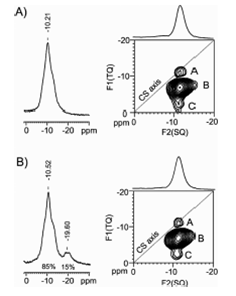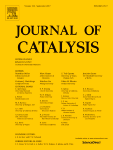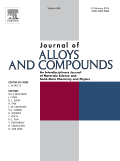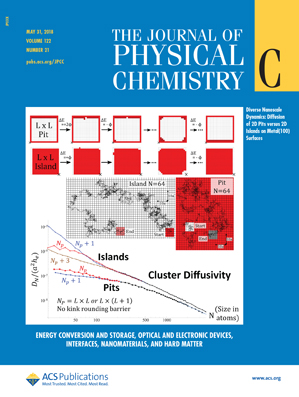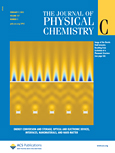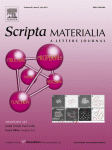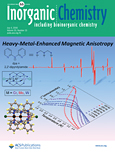 Ammonia Borane Dehydrogenation Promoted by a Pincer-Square-Planar Rhodium(I) Monohydride: A Stepwise Hydrogen Transfer from the Substrate to the Catalyst
Ammonia Borane Dehydrogenation Promoted by a Pincer-Square-Planar Rhodium(I) Monohydride: A Stepwise Hydrogen Transfer from the Substrate to the Catalyst
Esteruelas, M.A.; Nolis, P.; Oliván, M.; Oñate, M.; Vallribera, A.; Vélez, A. Inorg. Chem., 2016, 55 (14), pp 7176–7181. DOI: 10.1021/acs.inorgchem.6b01216
The pincer d8-monohydride complex RhH-{xant(PiPr2)2} (xant(PiPr2)2 = 9,9-dimethyl-4,5-bis-(diisopropylphosphino)xanthene) promotes the release of 1 equiv of hydrogen from H3BNH3 and H3BNHMe2 with TOF50% values of 3150 and 1725 h−1, to afford [BH2NH2]n and [BH2NMe2]2 and the tandem ammonia borane dehydrogenation−cyclohexene hydrogenation. DFT calculations on the ammonia borane dehydrogenation suggest that the process takes place by means of cis-κ2-PP-species, through four stages including: (i) Shimoi-type coordination of ammonia borane, (ii) homolytic addition of the coordinated H−B bond to afford a five-coordinate dihydride-boryl-rhodium(III) intermediate, (iii) reductive intramolecular proton transfer from the NH3 group to one of the hydride ligands, and (iv) release of H2 from the resulting square-planar hydride dihydrogen rhodium(I) intermediate.
